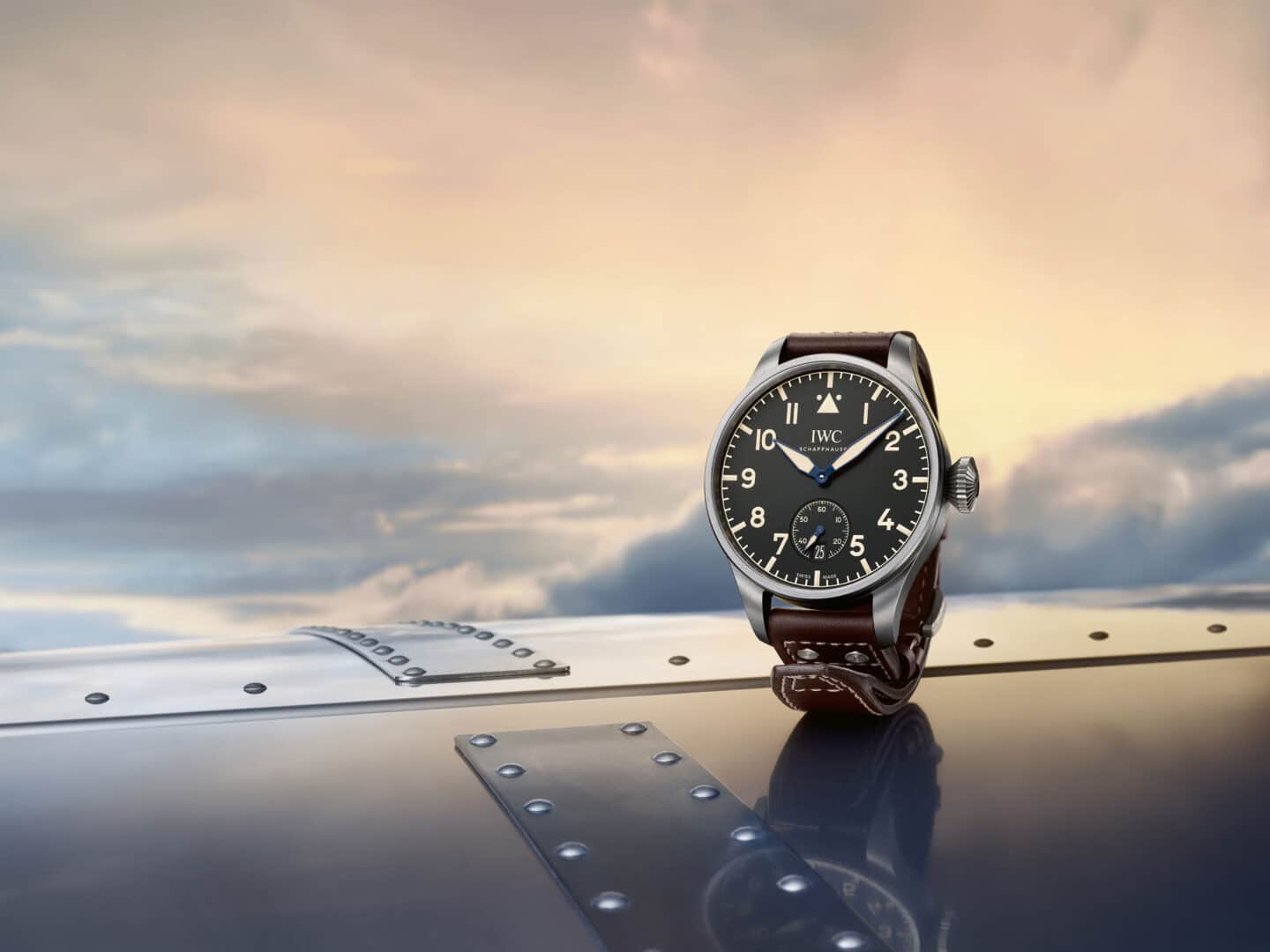Why do pilots wear two watches?

Have you ever paused to marvel at the vastness of the sky, watching those magnificent metal birds crisscrossing the horizon?
If you’ve ever had the privilege of sharing a moment with the maestros behind those flights, you might’ve caught a peculiar detail: two watches gracing their wrists.
It’s neither a fashion fad nor a mere eccentricity.
Let’s embark on a journey, diving deep into this dual-timekeeping enigma and uncovering the reasons behind this unique pilot tradition.
Historical Context
The significance of time in aviation cannot be overstated, tracing back to the pioneering flights of the Wright brothers.
It wasn’t about punctuality for a meeting but navigating the vast, ever-changing skies where a moment’s lapse could spell catastrophe.
Watches, in this context, became more than mere fashion accessories. They transformed into essential tools in a pilot’s arsenal, evolving with the increasing complexity of aircraft. (“If you´re interested read our review on best pilot watches under $300“).
Out of sheer necessity, pilots began wearing two watches. One displayed Greenwich Mean Time (GMT), the universal aviation time standard, while the other showed local time.
This setup ensured pilots remained attuned to their immediate environment and a global reference, regardless of location.
The iconic triangle at the 12 o’clock mark on pilot watches, often accompanied by two dots, is a testament to this legacy.
It provided a clear reference, allowing pilots to swiftly orient the watch and ascertain the time crucial for their precise operations in the skies.
Practical Reasons for Dual Watches
Imagine traveling at the speed of time, chasing the sun across countries. This is not poetic to pilots; it is commonplace.
When working with air traffic control, planning landings, or simply making sure that passengers receive their meals on time, it becomes clear how important it is to keep track of both local and destination times.
But the sky can change at any time. In this situation, redundancy is a lifeline, not overpreparation.
The other watch keeps watch in case the first one breaks. Modern pilot watches are engineering marvels, with features like chronographs for calculating speed and bezels made for quick time zone changes.
Each watch, with its unique qualities, serves as an aerial companion in addition to keeping time.
Check our review on the best pilot watches under $500.
Symbolic Reasons
A universe of symbolism and tradition exists outside the sphere of practicality. S
ome customs among aviators are sacred and have been passed down through the generations. One such iconic custom is the wearing of two watches.
It serves as a symbol of a pilot’s expertise and indicates numerous hours spent perfecting the sky. Some watch brands have evolved from being just accessories to become badges of honor, each one containing tales of airborne adventures and narrow escapes.
However, sometimes they are really private. A watch that was given to a pilot as a gift by a mentor or that has been a silent witness to some of his or her most difficult flights has sentimental value.
These serve as memory archives rather than just clocks.
Modern-Day Relevance
Modern cockpits bristle with the sheen of advanced touchscreens, vivid digital displays, and state-of-the-art navigational instruments.
It’s a high-tech environment where one might wonder: “What is the best size for a pilot watch in such a scenario?” With so much technology at a pilot’s fingertips, does the tradition of the dual watch still hold any significance?
Yet, beneath the layers of sophisticated machinery, flying remains a deeply emotional endeavor, a union of human and machine against the vastness of the skies. The pilot watch, in this context, is not just a time-telling device; it’s a link to aviation’s illustrious history.
Modern pilot watches are marvels in themselves. With features such as solar charging and satellite synchronization, they are the epitome of technological advancement. Yet, they remain windows to a bygone era, an era when flying was new, adventurous, and filled with daring pioneers.
By seamlessly blending innovation with tradition, pilot watches serve two masters. They meet the exacting requirements of today’s aviators while simultaneously invoking the memories of past years.
That’s why, even with an arsenal of cutting-edge avionics at their disposal, many pilots still find solace in the rhythmic ticking of their wristwatch, a symbol that captures the very essence of flying.
So, while one could engage in debates like “What is the best size for a pilot watch?” the real essence is not just in size but in the story the watch tells, the tradition it represents, and the comfort it brings to those who navigate the boundless skies.
The Evolution of Pilot Watches Over the Decades
Pilot watches were straightforward in the early days of aviation and solely intended to keep time. Longer trips that crossed many time zones made it clear that more sophisticated features were needed.
Chronographs, GMT features, and rotating bezels were some of the first innovations made by brands.
Dial luminosity was increased for greater visibility in dark cockpits. Aviators’ feedback resulted in more ergonomic designs that could withstand the rigors of flight.
Current pilot timepieces have cutting-edge technology designed specifically for the current aviator, representing the rich tapestry of aviation history while also serving as symbols.
The Future of Timekeeping in Aviation
The aviation landscape is evolving quickly. The dynamics of the cockpit are changing as completely autonomous and AI-assisted flights become more common.
Pilot watches will inevitably incorporate smart technology in the current digital era. A hybrid watch is one that combines smart features like real-time weather updates, navigational aids, or even health monitoring with the elegance of traditional designs.
The fundamentals of timekeeping will change as the distinction between man and machine becomes more hazy, ensuring that the pilot’s wrist remains a focal point of innovation, tradition, and cutting-edge technology.
